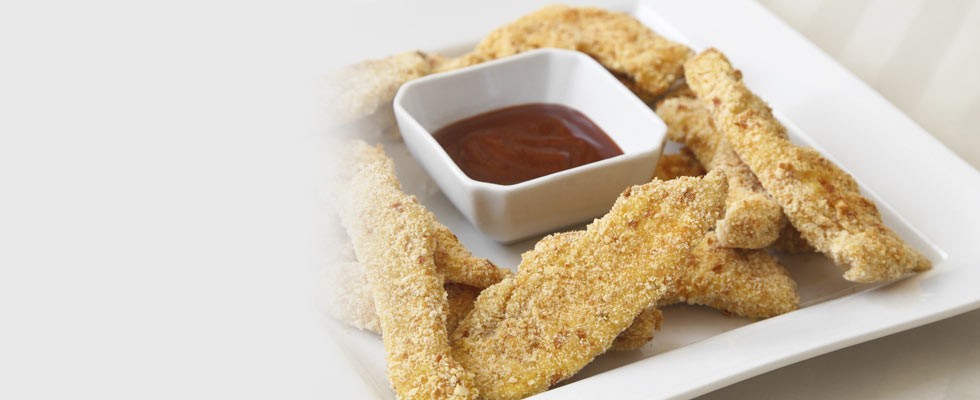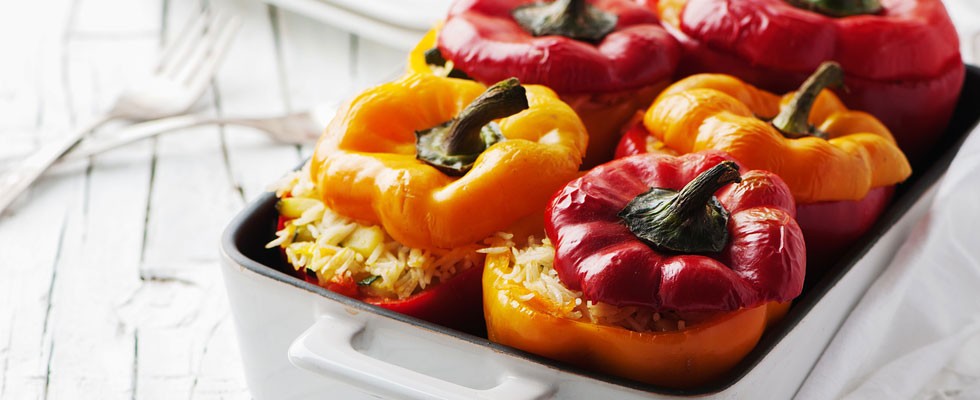
Getting your pasta just right can be tricky. If it's overcooked, you have a big pile of mush. If it's undercooked, you get bits of hard, dried noodles. Neither is appetizing or pleasant to eat. If you are trying to cook the perfect pasta, there are some basic pasta cooking guidelines that will help get you there.
Before you even start cooking, you have to pick out your pasta. If you have ever really looked at the variety of pasta that is available on your supermarket shelves, you may be wondering about the wide array of shapes, sizes and colors. The versatility and variety of pasta-centered recipes is nearly limitless, since pasta is one of the most popular food choices in the world.
There are so many different ways that pasta can be served. Pasta can be used to create the most eloquent meal or used to whip up something quick and easy that you throw together after a long day of work. Certain types of pasta work best in certain dishes, depending on the type of sauce and other ingredients you are using.
Pasta and Sauces
- Olive Oil-Based Sauces - Work best with longer pastas such as spaghetti, linguine or tagliatelle.
- Cream Sauces or Bolognaise - Best with thicker pasta such as fettuccine or tagliatelle.
- Sauces with Texture (Lumps) - Best with shaped pastas such as fusilli (twisted pasta) or conchiglle (shell-shaped pasta).
- Thick and Chunky Sauces - Best with short, tube-like pasta such as rigatoni, cavatappi or penne.
If you are also mixing vegetables in with your pasta, they will blend better if you cut the vegetables into long, thin strings rather than chunks.
Of all the hundreds of varieties of pasta out there, there is really only one that is designed for baking. Lasagna noodles are wide, flat pasta used as layers in between sauce, vegetables, meat, and/or cheeses and baked in the oven.
Picking out your pasta could prove to be the easiest step. Cooking your pasta just right or getting "pasta al dente" is what really enhances the dish you are preparing. "Al dente" is an Italian expression literally translated as "to the tooth." Al dente pasta is fully cooked yet still has a little bite and isn't too soft.
Getting Pasta Al Dente
First you need the right amount of water. For each serving of pasta, put one quart (one liter) of water in the pot. Now it's time to boil the water, without the pasta. Let the water come to a complete boil before you add salt. Some believe that salt keeps the pasta from sticking, but what it really does is add necessary flavor to your pasta. A general rule is to put in one tablespoon per quart of water.
The water needs to come to a rolling boil. Once it does, you can add the pasta. The first minute or two are the most important in making sure your pasta doesn't stick together, so be sure to stir the pasta frequently during those first couple of minutes. After that, you can stir the pasta occasionally.
It's also important to read the package directions on how long the pasta should be cooked. Following the instructions will help make your pasta turn out just right. Of course, you also need to test the pasta as stoves and altitudes can make cooking times vary. About a minute before time is up, take out a piece of pasta and let it cool for a few seconds. When you take a bite it should feel firm but not hard.
A sure sign that your pasta is not ready is if you see a thin white line or dot in the middle of a broken piece of pasta. Instead, it should look uniformly translucent.
Immediately drain the pasta, as opposed to allowing it to sit in the water you just cooked it in or in a colander.
One of the most common types of pasta in the
Ingredients
1 pkg. of spaghetti pasta
2 jars of prepared spaghetti sauce
1.5 lb. ground beef
2 garlic cloves, minced
Italian seasoning
Methods/Steps
Cook the spaghetti noodles according to package directions. Meanwhile, begin browning the ground beef on the stovetop. As the beef is cooking, sprinkle Italian seasoning over the meat, according to your taste. Mix into the meat two minced garlic cloves. When the meat is browned, drain grease. Add the sauce to the meat and let simmer until the pasta is ready.
Spaghetti Toppings and Flavorings
You can top off your spaghetti with a variety of other tasty ingredients, such as sliced black olives, grated or shredded Parmesan cheese, or shredded mozzarella cheese. Bacon bits add a very nice flavor to spaghetti.
If you want to season your spaghetti, you can do that with salt and pepper or try mixing a small amount of olive oil with your noodles before adding them to the sauce.
Spaghetti Meat
If you want a healthier meal, replace the ground beef with ground turkey. For richer tasting spaghetti, use slices of Italian sausage.
Spaghetti Sauce
If you are using a prepared sauce, you'll have a variety of choices, from meat and cheese-centric flavors to organic vegetarian blends. A traditional spaghetti sauce can be used along with fresh ingredients such as tomato, mushrooms and green peppers. Other spaghetti sauces come with chunky pieces of vegetables already mixed in.
You can also choose from a variety of prepared sauces, from tomato-based "red" sauces to a number of flavorful cream sauces or olive oil and vegetable based pesto sauces.
Getting your sauce and pasta to blend together well can be done if you cook the sauce in a large, broad skillet. Once the pasta is ready, you can then dump it into the skillet in which the sauce is being prepared.
A fun cooking technique you can try is called "pasta strascicata," which is done in some restaurants. It works well with sauce that is mostly liquid. You warm the sauce in a skillet while the pasta is cooking. Just before the pasta is done, transfer it, while it is still dripping, into the skillet. Turn the heat up high and then toss the pasta like you would if you were making an omelet. This technique helps the pasta to absorb the sauce, imparting a more complex flavor.












